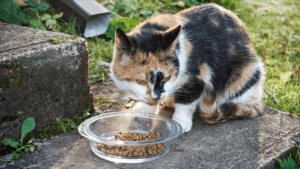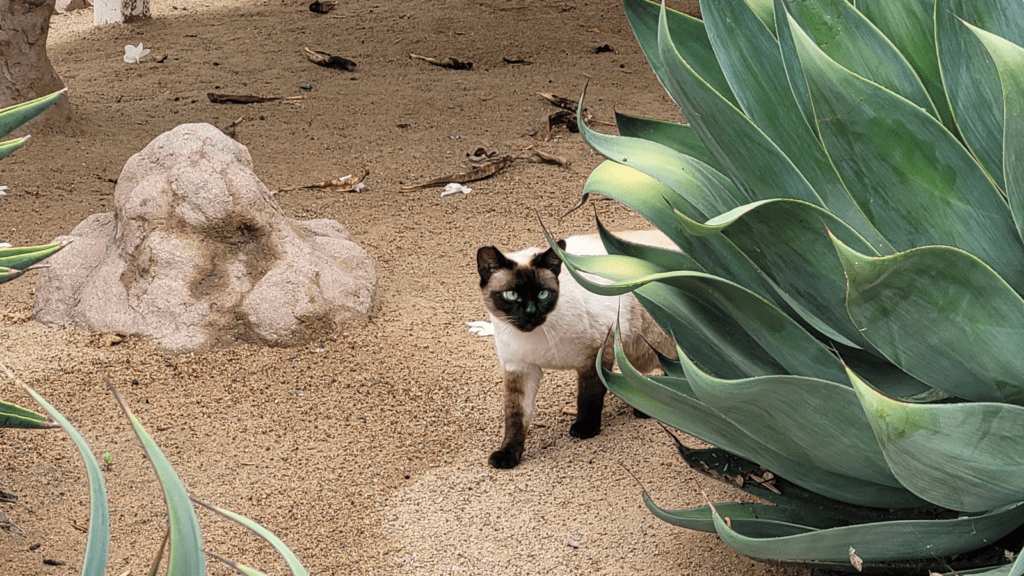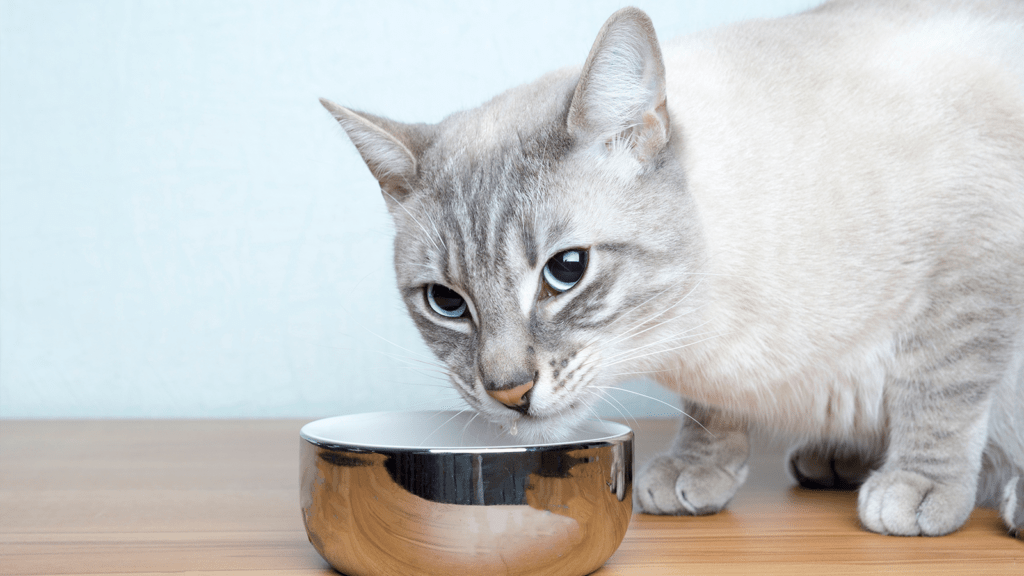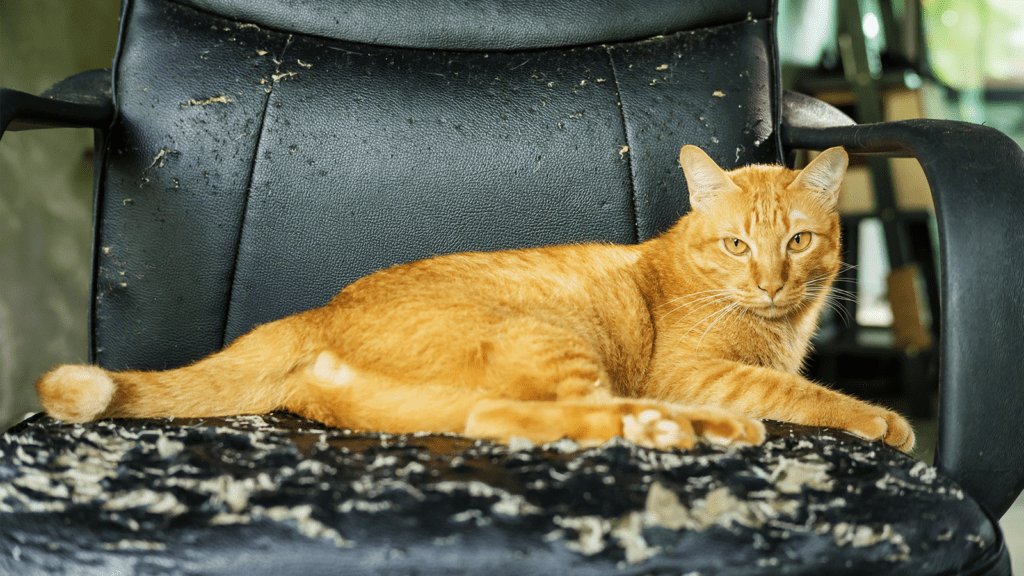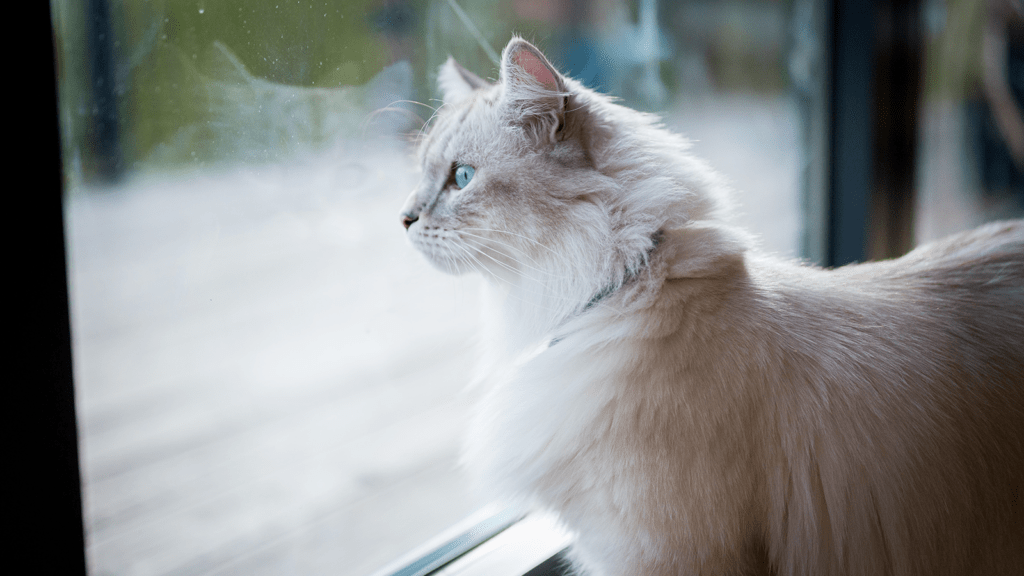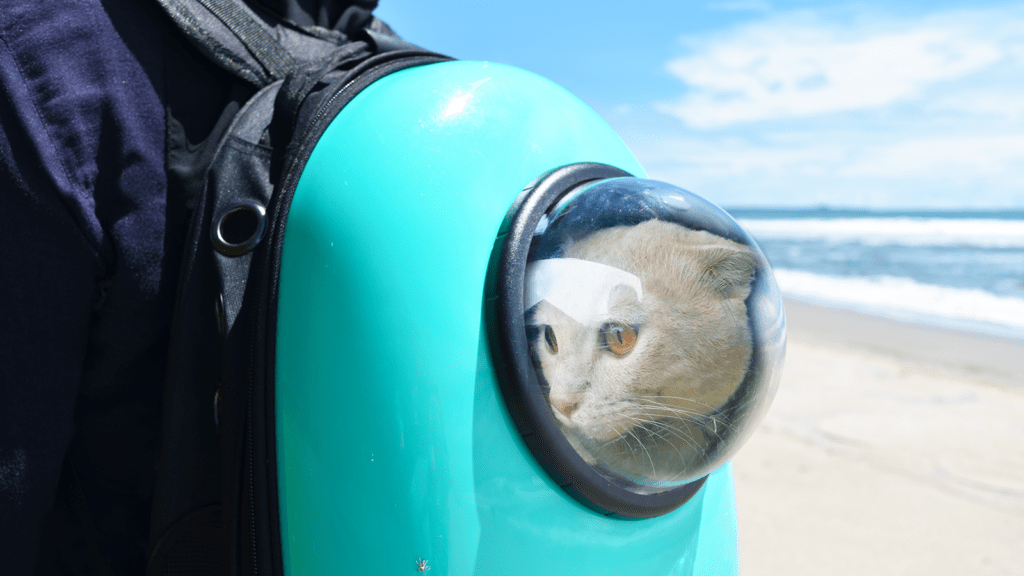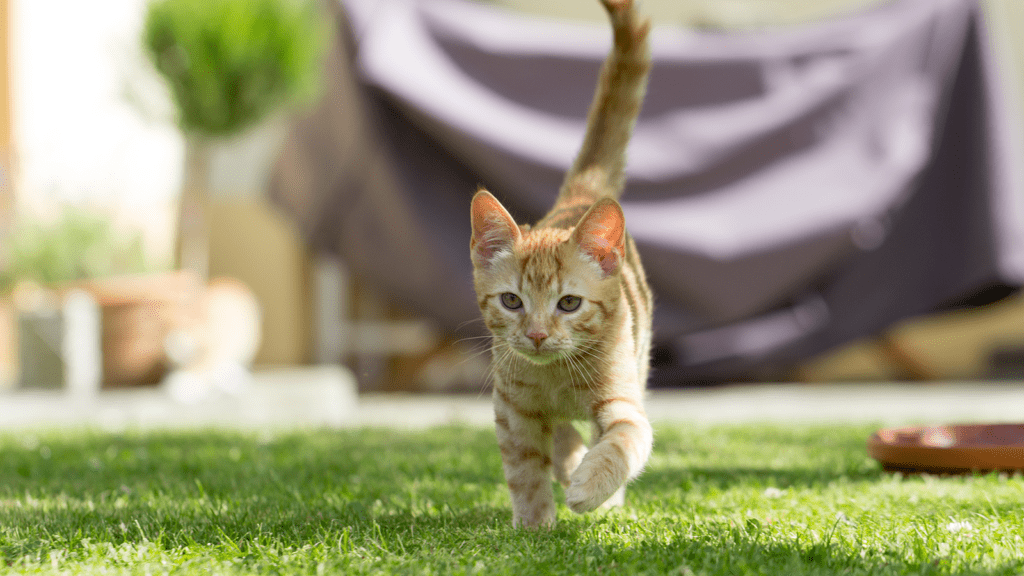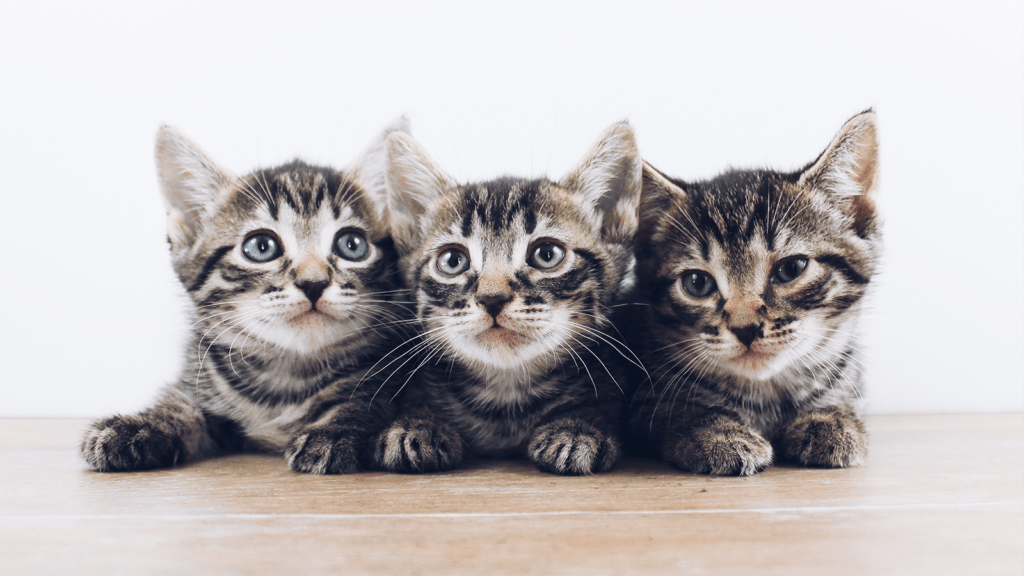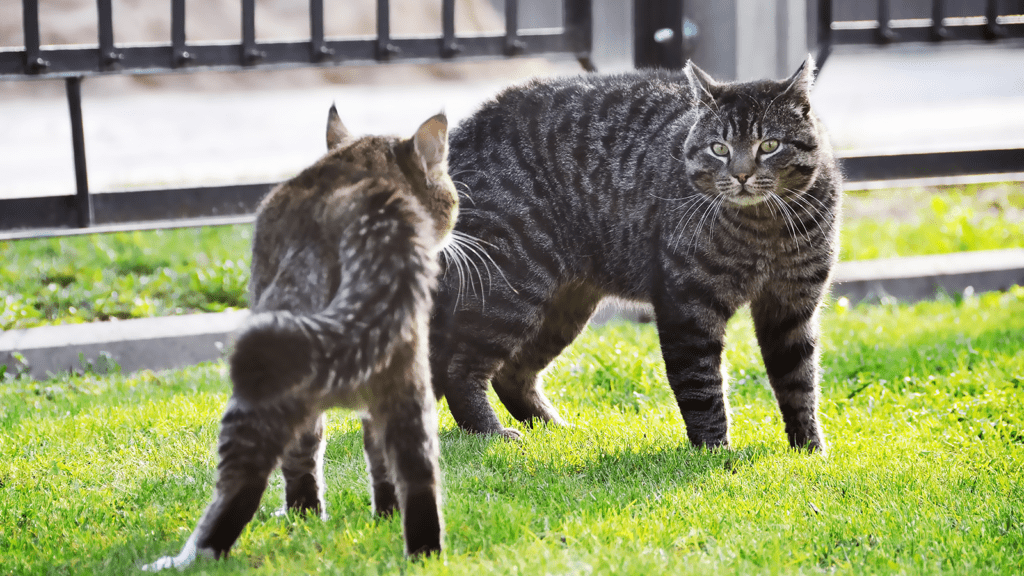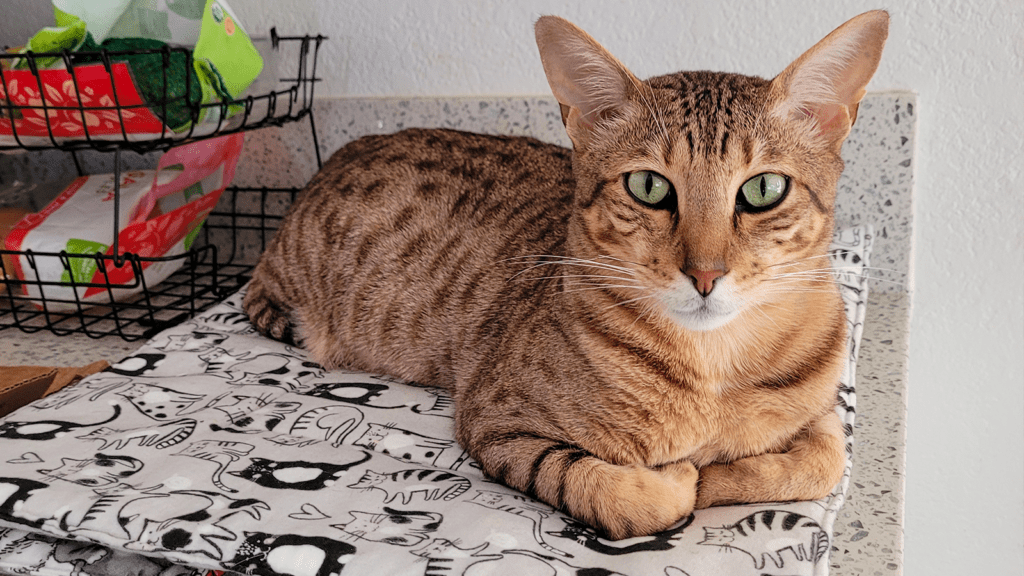Litter Robot Review
Litter Robot Review If you’re considering buying a Litter Robot, I’m here to tell you about my experience so that it doesn’t become your experience. I had a Litter Robot 3 Connect and ended up throwing it away after two years. And yes, it still worked. I threw away a fully functional $500 Litter Robot. I have five cats, and here’s my Litter Robot Review. Pros And Cons Of The Litter Robot Let’s start with a simple review of the Pros and Cons of the Litter Robot. First, it’s a pretty good automatic litter box. You won’t have to scoop litter daily, and it even works well with multiple cats (I have five). It’s quiet compared to other automatic litter boxes, and it does look pretty cool. Generally speaking, the Litter Robot 3 is a great automatic cat litter box. After all, I did use it for two years. Now, here are some Cons of the Litter Robot. While you won’t have to scoop litter daily, you will have to change the waste drawer every day or two and generally do some light cleaning each time. Like most automatic litter boxes, this one rotates pretty slowly, especially when your kitty needs to go potty and your Robot is mid-cycle. Slow cycle times are one reason I prefer a traditional litter box, especially in a multi-cat household. 16 Litter Robot Problems I outlined all the problems I had with the Litter Robot over the years, and here are 16 problems with the Litter Robot automatic litter box. How Often Do You Need To Clean The Litter Robot 3? You’ll want to take the Litter Robot apart and deep clean it every month or two. If you let it go longer than that, you’re really risking unsafe and unsanitary conditions. It’s also crucial to clean the litter bin every time you empty it and to occasionally wipe down the interior with a disinfectant. You’ll want to empty the cat litter bin every other day, regardless of how many cats you have. It starts to get stinky and funky after a few days. Unless it’s the main litter box, the litter bin doesn’t need to be emptied daily. How Does The Litter Robot 3 Connect Compare To Other Self-Cleaning Litter Boxes I also have a LitterMaid Multi-Cat Self-Cleaning litter box and compared it to the Litter Robot 3 Connect for this automatic litter box review. Honestly, I found that each one had Pros and Cons, and between the two, one is about $400 less expensive. If you don’t want the expensive price tag, you can definitely save money and still get the convenience of an automatic litter box by going with a cheaper brand. Litter Robots are good, but they aren’t without their flaws, and some cats don’t like using the Litter Robot due to the enclosed globe design. I found the main drawback of the LitterMaid to be that litter would clump on the cleaning comb, and I would occasionally need to scrape it off with the scoop. The motion sensor and automatic cleaning cycle had the same problems as the robot. Pros and Cons of A Self Cleaning Litter Box The Pros of a self-cleaning litter box, better known as an automatic litter box, are that you no longer need to scoop the litter box. Many of them also have a litter drawer, which you only need to empty a few times a week. Convenience is definitely the benefit of the automatic litter box compared to a regular litter box. The Cons of a self-cleaning litter box are that they are slow, harder to clean, occasionally error, and, of course, the price. If you have more than two cats, automatic litter boxes don’t work as well because multiple cats will use them more often, which can impact clumping or interrupt the rotation. I think the best situation for an automatic litter box is in two cat households and paired with a regular litter box. Self-cleaning litter boxes are convenient and usually worth the price, but you should also be prepared to maintain a normal litter box. Is The Litter Robot Worth It? In the right situation, the Litter Robot would make a great litter box. For someone who has challenges with daily scooping, has a cat that is regular with the litter box, and is able to clean it frequently, the Litter Robot would be an excellent choice. You’ll still have to deal with finding the right litter that won’t mold or smell, and you might still encounter sensor issues that cause problems. You can also save a bunch of money and get a self-cleaning litter box that isn’t quite as fancy. For me, the dealbreaker was the mold and the potential for health risks, which is why I wrote this review. We’re completely off self-cleaning and plastic litter boxes, and we’re now using hygienic and easy-to-clean stainless steel litter boxes. And guess what? I tested them all as I phased them out, and the stainless steel litter box was paws-down the cat’s favorite! Cat and human approved.
Litter Robot Review Read More »

